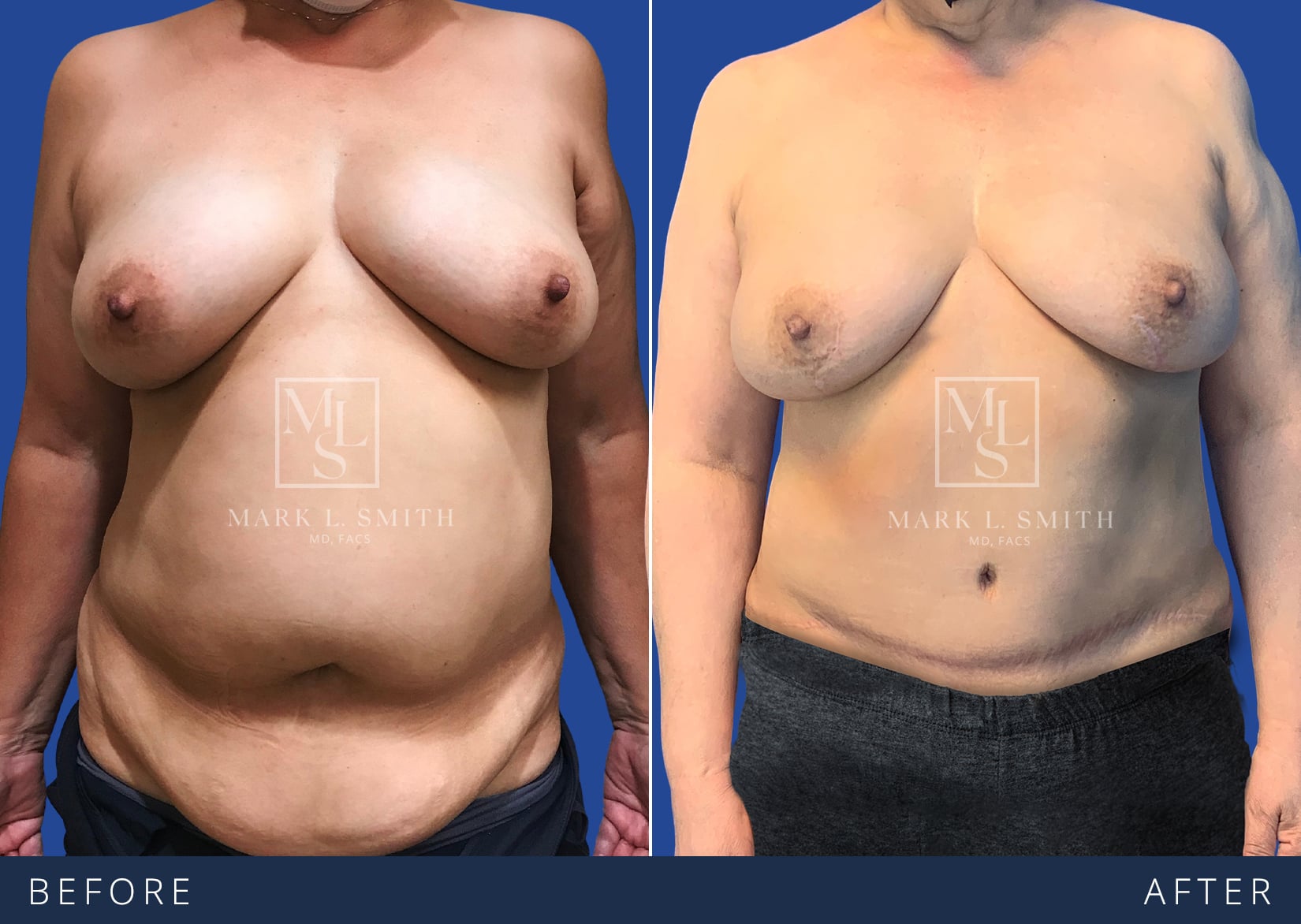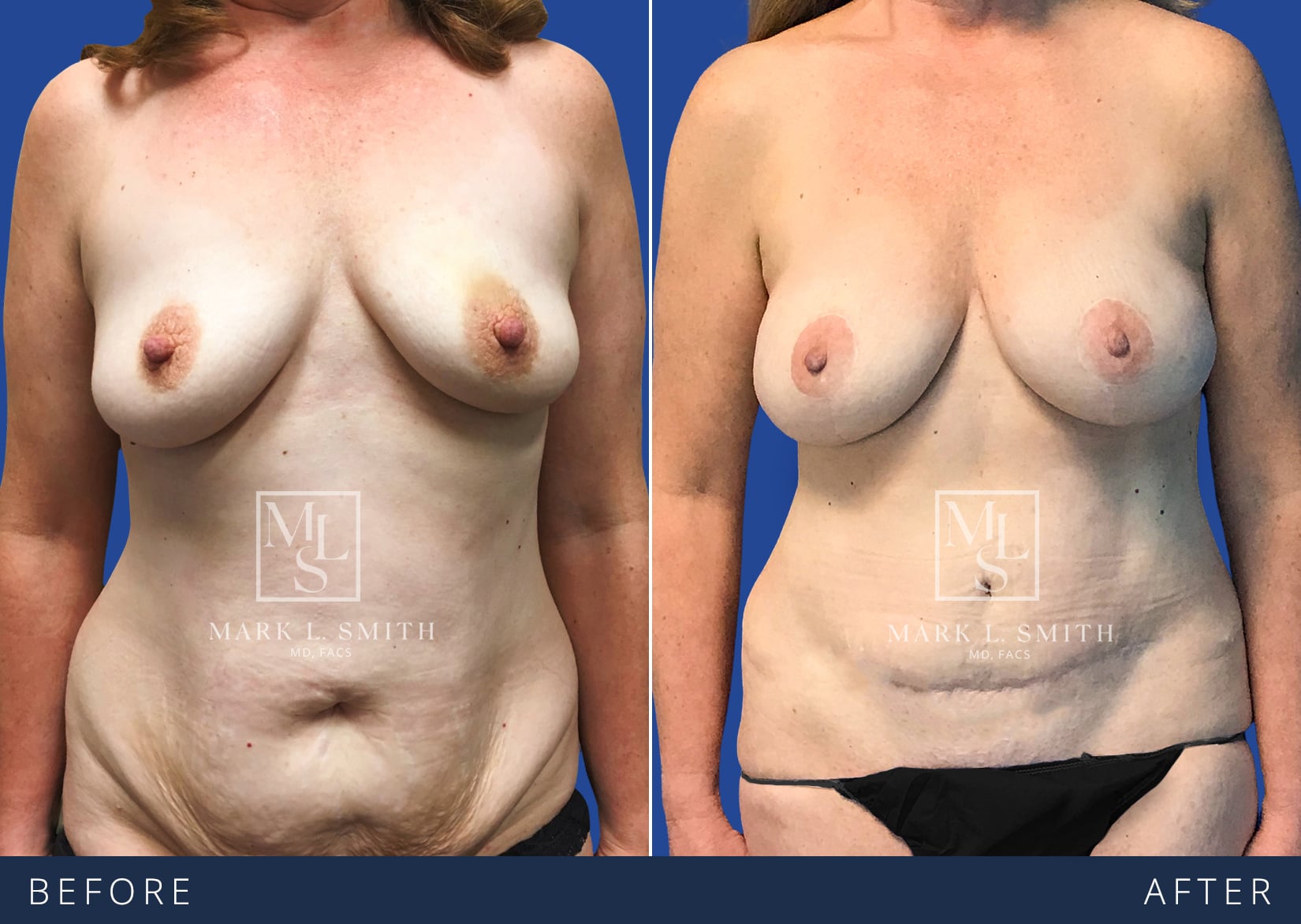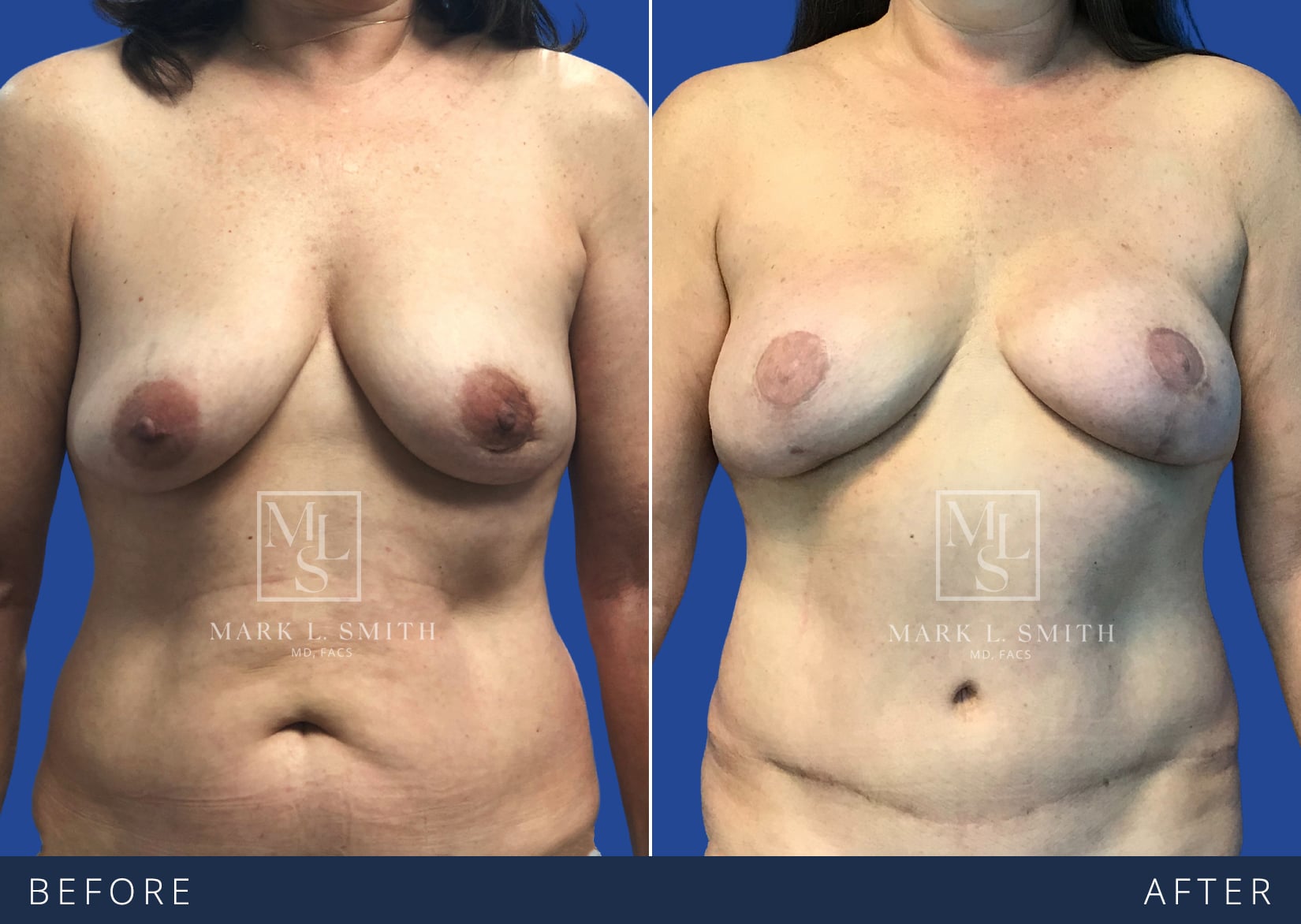DIEP Flap Breast Reconstruction

The DIEP flap procedure uses tissue from your abdomen to rebuild the breast mound. Not only do breasts look and feel natural, but you also achieve a “tummy tuck” effect on the abdomen.
Robotic-Assisted Breast Reconstruction

Robotic-assisted DIEP flap surgery is a minimally invasive procedure that is done with the help of robotic technology. This innovation in microsurgery is one of the most cutting-edge approaches to breast reconstruction surgery today.
Stacked Flap Breast Reconstruction

In stacked flap reconstruction, two smaller tissue flaps are used to rebuild your breasts. This procedure is typically used for women who prefer natural tissue reconstruction but don’t have a lot of available tissue.
















